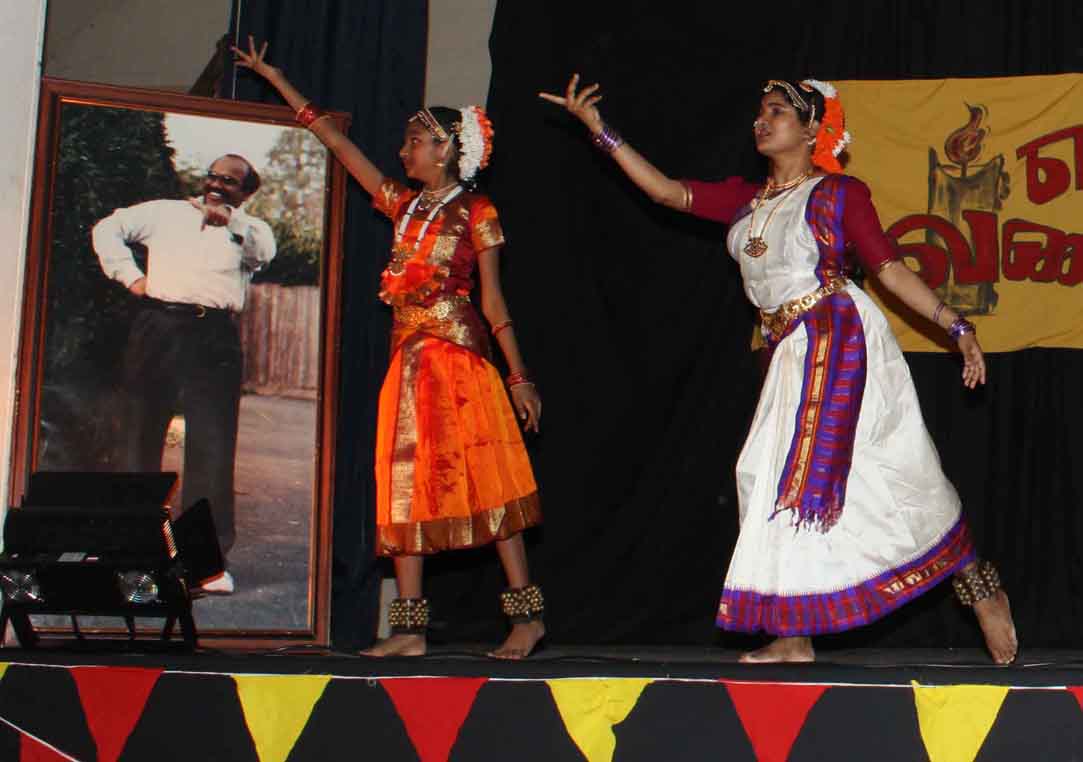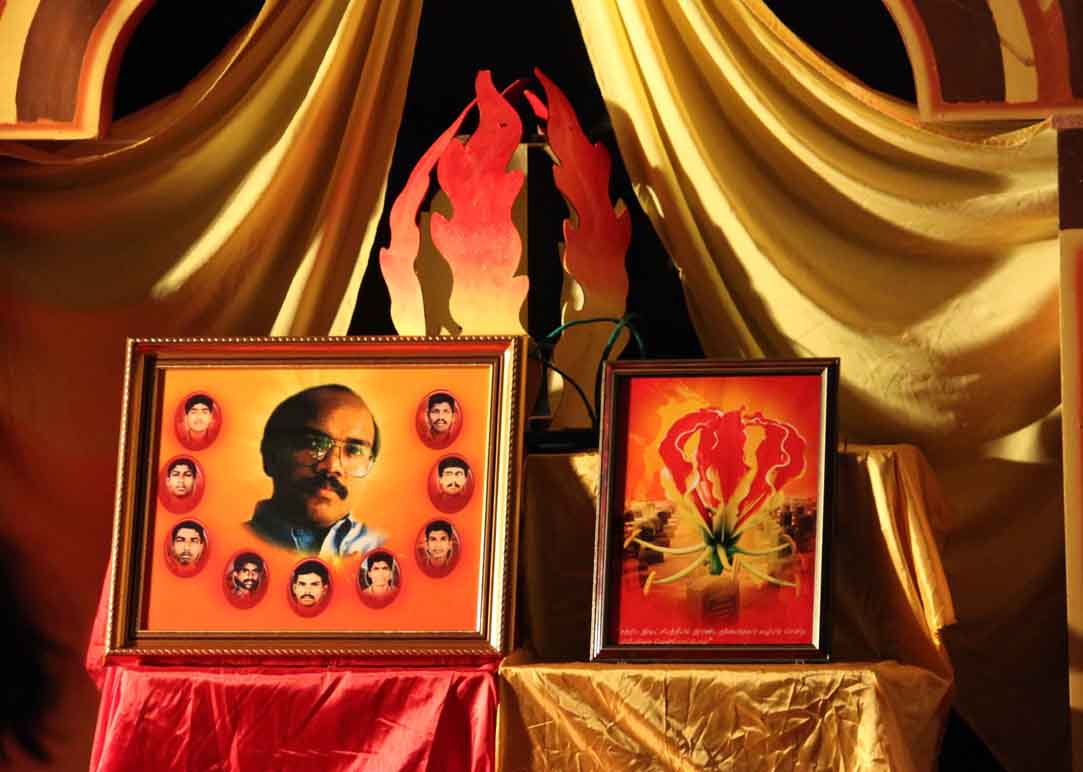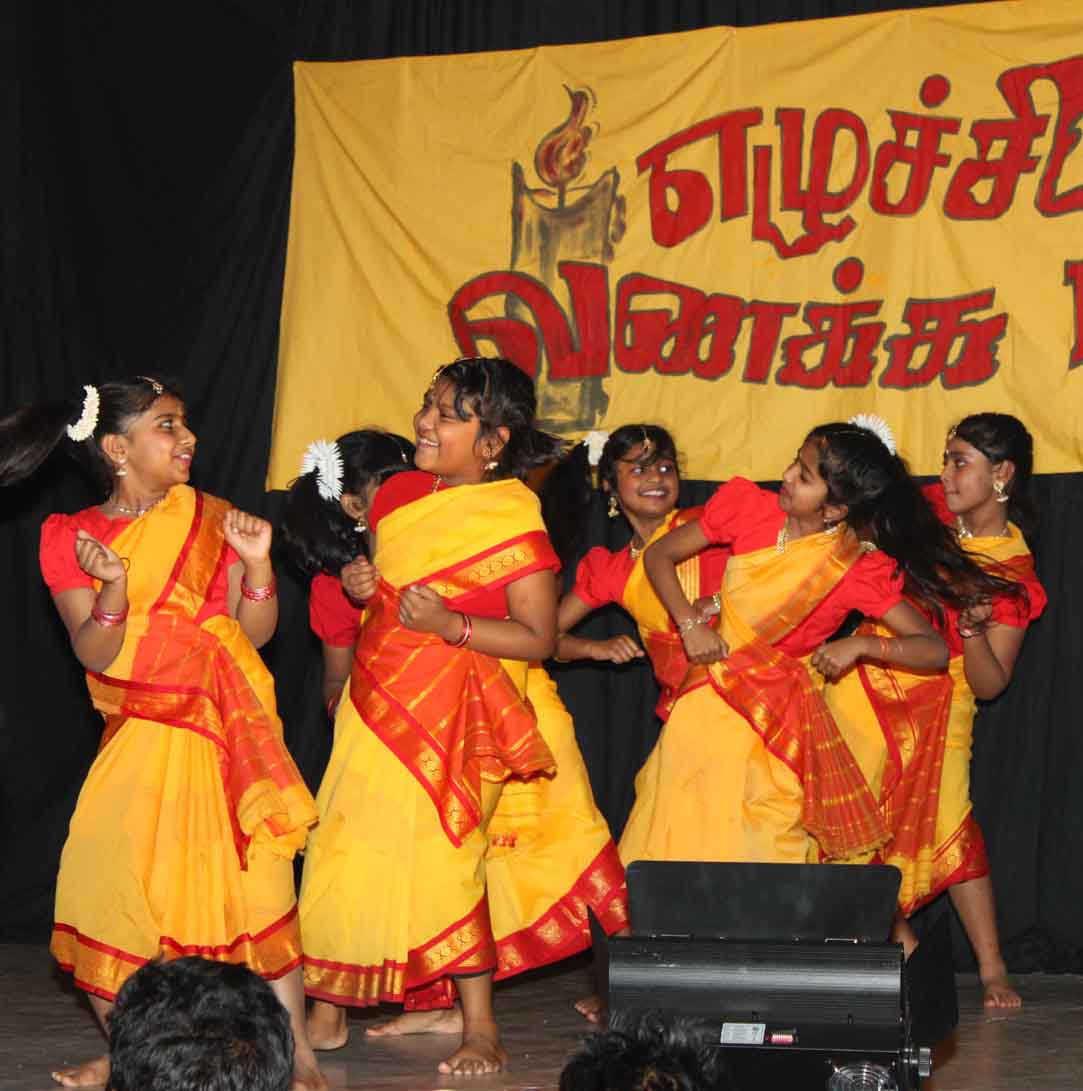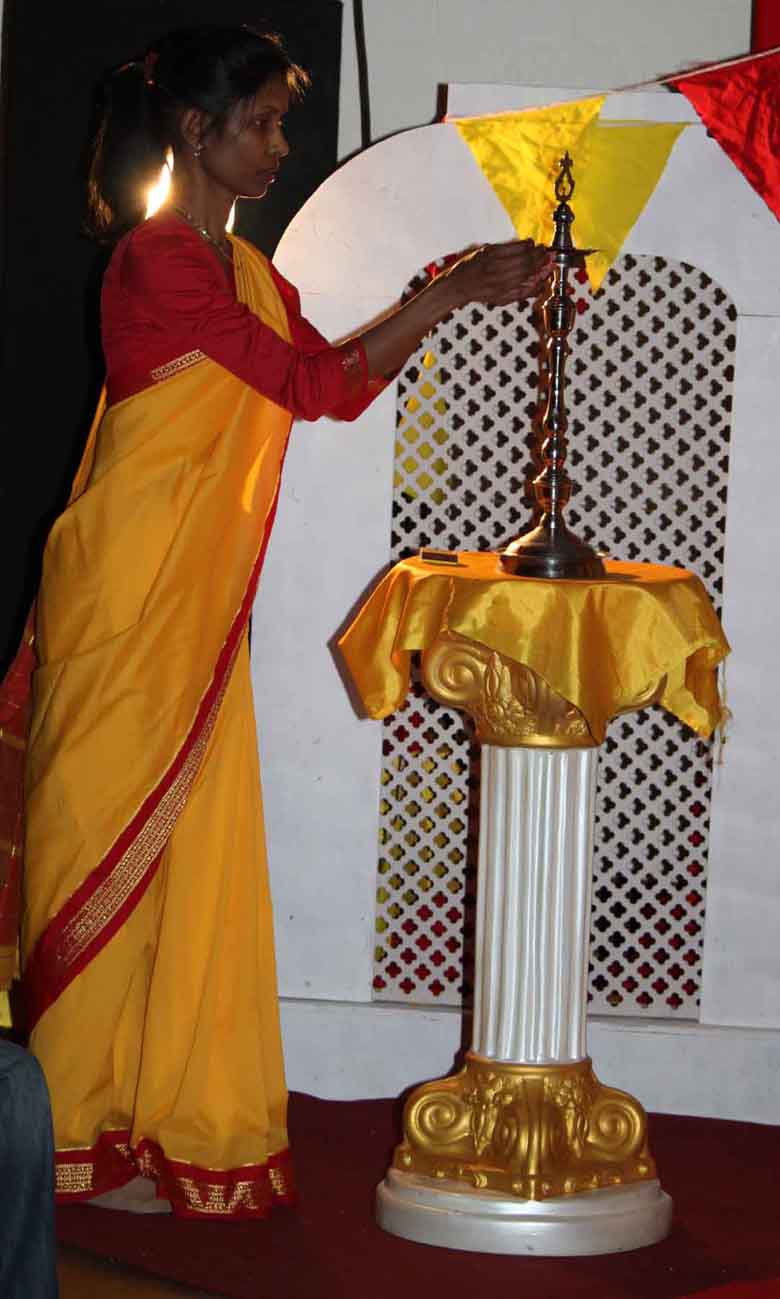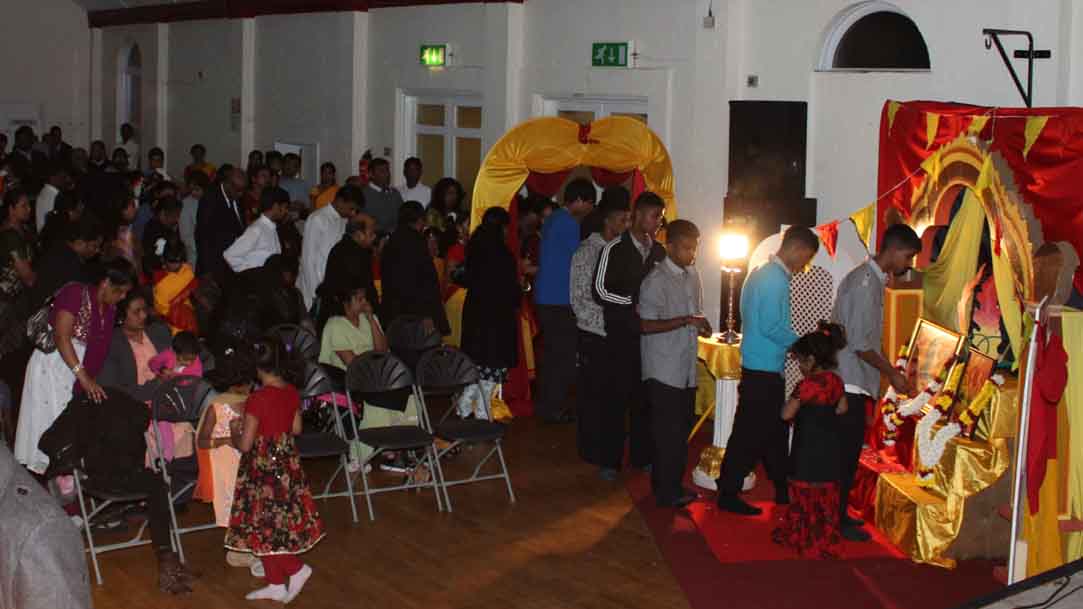The wave of terror in Jaffna by Sri Lanka Army-backed paramilitaries serves to undermine planned international efforts to restore normalcy in the peninsula.
Since the end of armed conflict in mid 2009, international donors seeking to build the conditions for lasting stability have paid particular attention to Jaffna, which, despite being in government control since 1996, still resembles the warzone it was then, with bombed-out, bullet-pocked buildings throughout the city. (See Ross Tuttles’ Sep 2010 report and photographs for Foreign Policy magazine).
Donors’ proposed efforts turn on firstly, ensuring the resettling the large numbers of people displaced during the conflict, and secondly, creating the objective conditions for the economic and societal revival donors believe will produce sustainable peace in the longer term.
To this end, in the past two years the United States, for example, has contributed millions of dollars to support resettlement in Jaffna and elsewhere, providing food aid ($75m) and demining ($11m) assistance.
The US government is also investing in a factory near Jaffna to make high-end blue jeans for US retailers. Last August the US Ambassador met with the Women's Chamber of Commerce in Jaffna and expressed hope it could “help reconstruct the economy in the North and provide jobs for needy women.”
Another donor has been Japan (see Tokyo’s contribution to ‘consolidation of peace and reconstruction’ here).
Indian connection
The most determined efforts towards rebuilding the war-shattered Northeast are being undertaken by India. Delhi has pledged a billion dollars for reconstruction and normalization of the Northeast.
The projects include 50,000 houses (of the UN says 160,000 are required) for returning displaced and railway links between Jaffna and Vavuniya and Mannar to Vavuniya (the three towns, along with Trincomalee and Batticaloa, are the five main Tamil population centres).
The Indian aid package includes start-up loans for Tamil entrepreneurs and businesses and a million dollars for an industrial park in Atchuvely, Jaffna.
The state-owned Indian Bank will open a branch in Jaffna this month and has sought permission to open others in Trincomalee and Batticaloa. The bank will support small and medium businesses and the farming sector.
For the long-term economic sustainability of the region, India is also seeking to establish links between the Northeast and Tamil Nadu and the booming economy.
To this end, Delhi is funding the development of KKS harbour, signed an agreement for a ferry between Rameswaram and Mannar and is seeking to develop Palaly airport.
Last November, Indian Foreign Secretary SM Krishna inaugurated an Indian consulate in Jaffna (against Sri Lankan reluctance, Delhi had been pushing for it since the war’s end in mid-2009).
Citing Jaffna’s historic role as centre of regional trade, Krishna said the consulate is part of efforts “resume the old ties and linkages of connectivity”.
Sinhala resistance
Sri Lanka is, however, determinedly resisting international efforts to restore normalcy in the Tamil areas.
For several years, the government has placed stringent restrictions on international aid agencies working there. These are being increasingly tightened. Recently Colombo ordered the ICRC and UN agencies out of several parts of the Northeast, including Jaffna.
The military arbitrarily reimposes restrictions – officially lifted - on Tamil fishing and farming activities. The military administers much of the Tamil areas through a thin, and often dispensed with, veil of civilian rule.
For example, the Eastern province is governed by a former Army general who can veto any decision by the provincial council. Jaffna is dominated by 40,000 soldiers (see the leaked US embassy cable on military complicity on paramilitary violence and crime here).
(See also para C.10 of the statement this week by Bishop of Mannaar, Rt. Rev. Dr. Rayappu Joseph.)
The government has increasingly overtly been resisting international efforts to restore normalcy. Last month it ordered a ban on constructions that it has not explicitly authorized (it denied the press reports, even after the circular was published).
The government also denigrated the Indian pledge to build 50,000 houses, claiming that only 5,000 would be new builds, prompting Delhi to assert anew that most of the constructions would be new homes.
More generally, Colombo has been dragging its feet on allowing the Indian normalization projects. For example, it took eighteen months from the end of the war for the Jaffna consulate and the Indian Bank’s branch to open.
Whilst the ferry service from south India to Colombo is to begin soon, the service to Mannar will be 'later'. The Indian Airport Authority approved the development of Palaly airport last April, but is still waiting for Colombo to act.
As one local government official told the Toronto Star, “They [government] want us [Tamils] tied down. They don’t want the north or the east …to be financially sound.”
New violence
Which is also why against Indian and other international efforts to restore normalcy in Jaffna and other parts of the war-shattered Northeast, Colombo has stepped up its paramilitary-led campaign of terror.
It is telling how the killings and abductions have soared within days of Indian FM Krishna’s opening of the Indian consulate in Jaffna on Nov. 27.
The victims include both social and political activists, as well as businesspeople and public figures.
The effect has been to produce in Jaffna what has been termed a ‘fear psychosis’ (which is so intense even the Colombo press, which routinely self-censors these developments in the Northeast, was compelled to report on it. Access to the international press is tightly restricted).
Even before the recent spate of killings and abductions, Jaffna traders were being routinely harassed by the military and taken in for questioning on accusations they had funded the Tamil Tigers during the war (none have been charged).
While Tamil businesspeople are nervous about investing locally, amid the ever-possible violence, not only will international investors, including those from India, shun the Tamil areas, but donor-funded reconstruction and normalization projects will stagnate.
The state-backed campaign of terror is clearly designed to destroy the possibility of a suitable investment atmosphere emerging any time soon. It is working.




